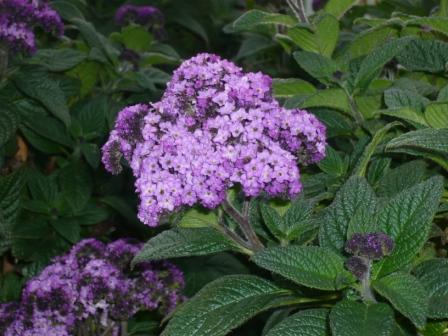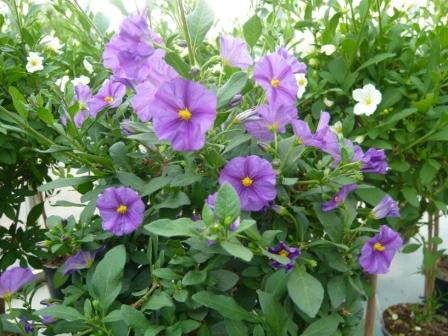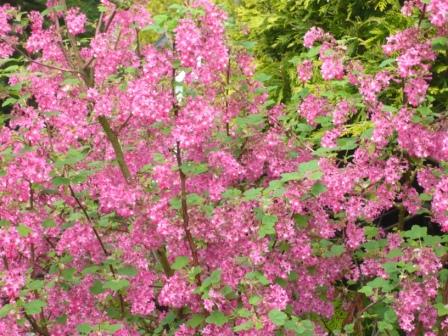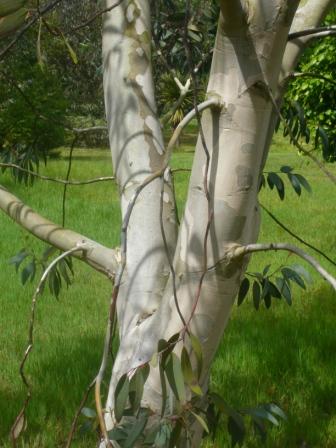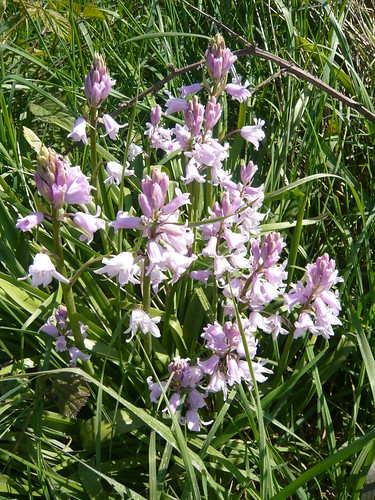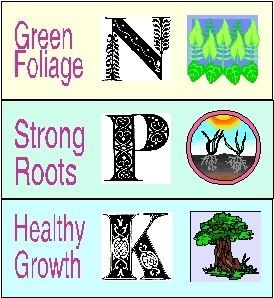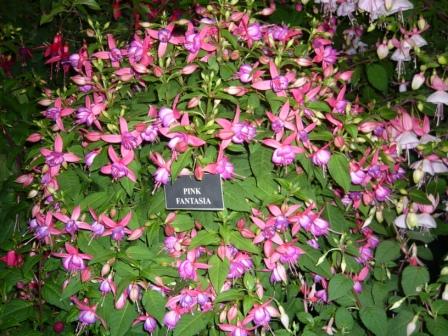Growing Heliotrope Plants
Heliotrope usually has dark green crinkled leaves and deep purple flowers. The flowers are among the most fragrant in the garden. I grow it as an annual from bought plants (a bit extravagant). Heliotrope were prized by our grandmothers in traditional cottage-gardens. There are several varieties with flowers in white and pale lavender. But I prefer the old-fashioned kind with dark green, crinkled leaves and deep purple flowers. It is quite dependable both in ease of care and reliable fragrance. Reminiscent of vanilla, the heliotrope’s scent gave rise to its common name ‘ the cherry-pie plant’.
Growing Tips
- If over crowded they may suffer from mildew but are generally pest free.
- Plant in plenty of sunshine.
- Heliotrope needs pinching out when young . Pinch back the tips all over the plant early on, which forces lots of new side growth. You wait longer for flowers but get more of them eventually.
- Removing faded blooms promptly results in a continuous show of pretty flowers starting in July.
- Heliotrope turns its flowers and leaves toward the sun over the course of each day. And at night it readjusts itself to face eastward, to be ready for sunrise. That tendency is at the root of the name heliotrope. It means to move with the sun.
- Heliotrope is a member of the Borage family
Heliotropium arborescens or peruvianum are the species to consider growing but there are many species of Heliotrope not all of which are suitable for the UK.
Winter Heliotrope Petasites fragrans is native to the Mediterranean. As its name implies it produces attractive heads of fragrant, mauve flowers early in the New Year however, the true character of the plant is thuggish. It is a large-leaved rampant perennial spreading by means of underground stems and is very invasive.
Seeds are now available from Thompson & Morgan
